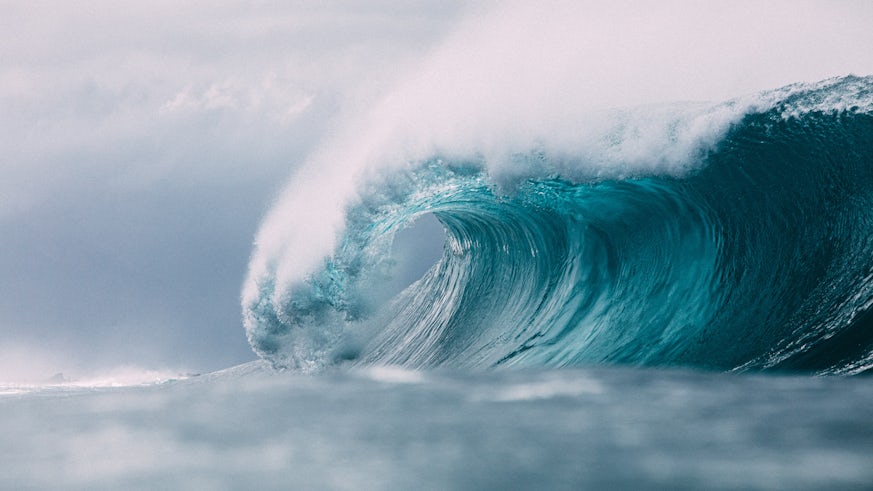Ancient landslides could help understand tsunami hazards
5 December 2022

Research from the School of Earth and Environmental Sciences reconstructs ancient oceans and hazards to help improve our understanding of the devastating landslide-generated tsunamis that occurred there.
Tsunamis can be catastrophic to life and decimate the economy and ecology of the areas they strike. Triggered by a large and sudden displacement of the ocean, such as an earthquake or landslide, enormous waves hit nearby coasts within minutes with little to no warning.
Dr Tiago Alves of the School of Earth and Environmental Sciences, Qiliang Sun of the China University of Geosciences, and co-authors recreated the shorelines of the geological past to better understand how historic landslide-generated tsunamis occur in this region.
Their research explored the Baiyun–Liwan submarine landslide, which occurred roughly 24 million years ago in the Pearl River Mouth Basin in the South China Sea. It is one of the largest discovered to date, covering a surface area of 35-40,000 km² and extending over 250 km.
They found that the tsunami triggered by the ancient landslide generated larger waves that reached the shore much faster than equivalent events under current conditions.
Water depth restoration data showed that the shoreline 0.54 million years ago was 180–580 km to the south of its present-day location. The palaeoshorelines of the northern South China Sea, at the time, were located 110 km to 240 km oceanward (i.e., southward) from their present-day positions, and the entire continental shelf (including the Taiwan Strait) was sub-aerially exposed.
Its oceanward position, relative to the present-day shoreline, created giant waves at least three times larger than the present day with dangerously short arrival times to the coast.
For Dr Alves, part of the relevance of this study is in the realisation of the importance of accurately reconstructing past conditions for this type of analysis.
"We need to understand how sea level and shorelines varied in time and space before we can think about the methods to improve our understanding of landslides and tsunamis," he said. "The changes in sea level recorded in South China since 0.54 million years ago demonstrate that we couldn't use the classic modelling methods to reconstruct ancient tsunamis in the region."
The study highlights the impact of sea level on tsunami movement and the resulting damage recorded in shoreline areas. A relative sea-level rise and low sedimentation rates can reduce the impact of landslide-generated tsunamis, especially on shorelines located near broad continental shelves (e.g., northern Australia). These results can be used to assess the impact of future tsunamis on continental margins with multiple sizes and structures.
The research titled, “Runup of landslide-generated tsunamis controlled by paleogeography and sea-level change” is published in the journal Nature Communications.